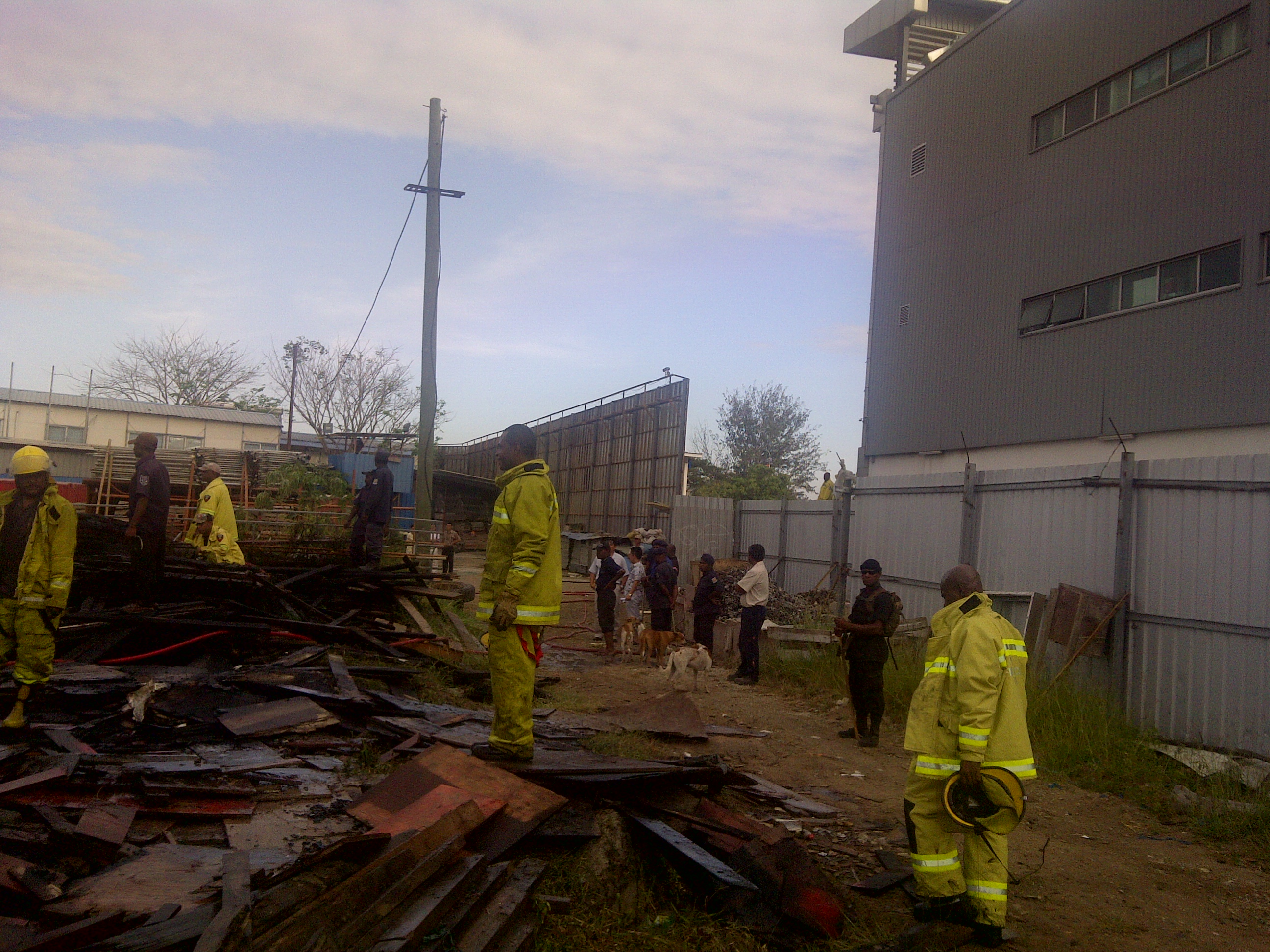With visitor arrival numbers and tourism spending both hitting a high in recent years, Papua New Guinea’s (PNG) tourism sector is showing solid signs of consistent growth.
The Oxford Business Group reports that a renewed focus on niche markets, particularly adventure and ecotourism, has seen international recognition of the burgeoning sector.
However, a lack of infrastructure and security issues could frustrate further achievements.
The government is targeting 1.5m visitors and $6.28bn in tourism receipts by 2030, and the latest figures from the Tourism Promotion Authority (TPA) show that it is on the right track. Visitor arrival numbers more than doubled from 77,730 in 2006 to 165,059 in 2011. In the same period, average spending grew 47% to $6133, and the average length of stay hit 20.4 days in 2011.
To continue these trends, the government is beginning to focus on the country’s natural attractions.
With more than 600 islands, a landmass of 470,000 sq km and a population of just 6.5m, PNG remains one of the world’s last frontier destinations, replete with adventure destination options and a myriad of animal and plant species.
TPA CEO, Peter Vincent, told the Oxford Business Group (OBG) that the difficult terrain is considered central to PNG’s market positioning.
“We would like to classify PNG as an adventure destination more than a mass tourism destination, such as Fiji and other Pacific Island countries,” he told OBG. “In the near future, we would like to develop into one of the world’s leading adventure destinationsthat offer niche segments for diving, trekking, surfing and bird watching.”
Events in 2012 may provide a welcome boost to this goal. This year marked the 70th anniversary of the Second World War battle on the Kokoda Trail, PNG’s foremost tourist attraction and a pilgrimage site for Australians, New Zealanders, Americans and Japanese. This year’s anniversary received notable public promotion and support from the Australian government, alongside widespread promotional campaigns in collaboration with PNG’s national airline, Air Niugini.
Consequently, tour operators along the 60-km mountainous jungle track are projecting an annual influx of 7000-8000 trekkers – a 50% increase on any previous year – with 2000 tourists reportedly having booked for April’s anniversary alone. Such initiatives have helped push Australians to PNG’s top demographic, registering 17,873 visitors in 2011, a 74.6% increase on 2006.
Moreover, with unofficial estimates that 63% of all tourists visiting the country trek the Kokoda Trail, the success of this year’s event is likely to attract further interest. Operators along the trail are already gearing up with the recent formation of the Kokoda Track Operators’ Association and the Kokoda Track Porters & Guides Association, mirroring organizations in Nepal’s trekking industry. These new organizations will regulate and license the operators, provide support to local communities and protect guides and porters from exploitation.
International recognition has also come for PNG’s surf scene. While currently a low-yield niche that attracts a backpacker demographic, the segment is expected to take off after the world premiere of the PNG surfing documentary “Splinters” at the 2011 Tribeca film festival in Hawaii went on to take the year’s best surfing documentary. This led directly to collaboration between the Surfing Association of PNG and the Quiksilver Foundation, and TIME magazine is set to cover PNG’s 2012 national surfing competition.
And just recently, filmmaker and explorer James Cameron piloted the Deepsea Challenger, a single-pilot submersible built to withstand crushing pressure at the bottom of the ocean, to a depth of more than 8km near the southern edge of the Mariana Trench, off the coast of PNG.
Such international accreditations and attention should help put PNG tourism on the map, as will Prime Minister Peter O’Neill’s June announcement that $4.83m per year over the next five years will be invested in PNG’s global tourism campaigns to boost visitor arrivals.
Yet this is no guarantee of more business. The government faces significant aviation and terrestrial infrastructure shortfalls that continue to delay the development of a cohesive and coordinated national tourism industry. International and domestic infrastructure limitations make travel expensive and, with a shortage of hotels, rates have been topping out at $385-483 per night in Port Moresby in 2012. Security concerns are also a long-standing deterrent for the industry.
While substantial change in PNG’s tourism market remains distant, 2012 is likely to be a formative year for the sector as upcoming events may prove to be a long-awaited catalyst for expansion.
previous post


